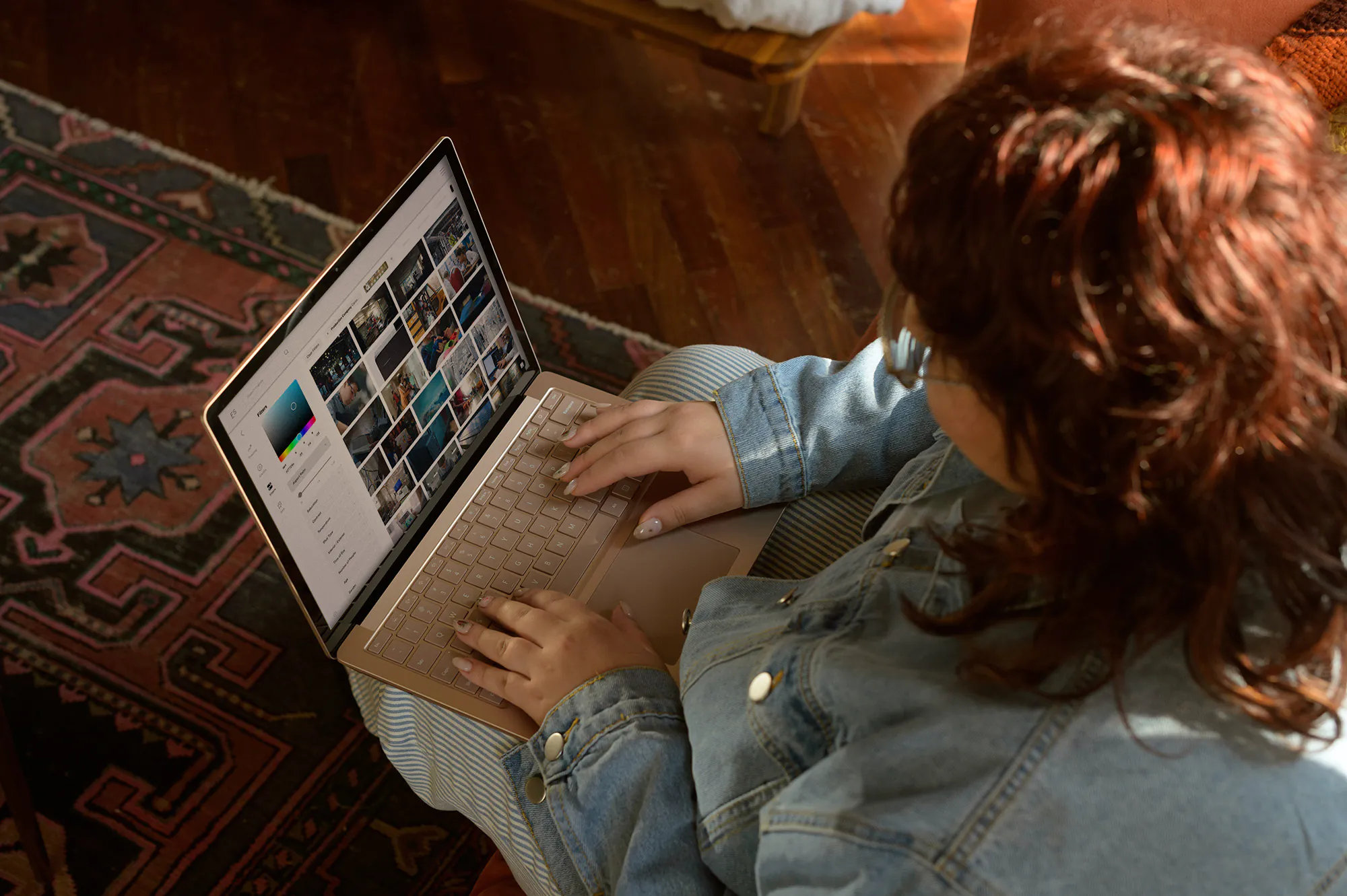The Intimacy of Close-Ups: Building Viewer-Character Connections with James Dayton

The Intimate Power of the Close-Up
In the lexicon of visual storytelling, few techniques are as effective in conveying intimacy and raw emotion as the close-up. This cinematic tool does more than just show; it invites viewers into the inner world of the characters, breaking down the barrier between screen and audience. The "Lose U" music video by Benet, under the direction of James Dayton and the cinematic vision of Konstantin Lyubimov, illustrates the profound impact of close-ups in this music video. Watch the video below!
The Essence of Close-Ups in Storytelling
A Lens on the Soul
Close-ups capture more than just facial expressions; they are conduits of the character's soul, laying bare their fears, joys, and sorrows. In filmmaking, directors and cinematographers employ close-ups not as mere technical choices, but as deliberate narrative decisions to draw the audience deeper into the story's emotional core.
Building Emotional Bridges
Why do filmmakers emphasize close-ups? The answer lies in the shot's unparalleled ability to foster empathy and understanding. By focusing on a character’s eyes, a trembling lip, or a clenched jaw, filmmakers bridge the emotional gap between the character and the viewer, transforming the viewing experience from passive to profoundly personal.

The Strategic Use of Close-Ups in "Lose U"
Crafting Emotional Depth
Close-ups are more than just visual elements; they are the heartbeat of the narrative, accentuating the song's themes of loss and longing. Each frame is strategically placed to coincide with the music's emotional peaks, magnifying the impact of the lyrics and melodies, and inviting the audience to feel each nuance of heartache and desire at the same time.
Enhancing Viewer Engagement
The effectiveness of close-ups lies in their ability to make the audience feel as though they are part of the narrative, experiencing the emotions firsthand. This technique is used masterfully in "Lose U," where Dayton and Lyubimov carefully select moments for close-ups to transform viewers from mere spectators into active participants in the unfolding story of Benet’s lyrics.

The Filmmaker’s Perspective: Why Close-Ups Matter
A Tool for Narrative Precision
From the filmmaker's standpoint, close-ups are not just camera shots; they are the narrative's scalpel. Directors and cinematographers use close-ups to dissect the broader narrative, isolating moments of importance that might otherwise blend into the mosaic of a wider scene. In crafting a story, these focused shots allow for a precision that broad strokes simply cannot achieve. They zero in on details like a quivering lip or a flicker of doubt in a character’s eyes, each serving as a subtle yet potent vehicle for storytelling.

Character arcs are often painted with the broad strokes of plot and dialogue, but close-ups provide the subtle shades that give these arcs depth. By capturing the minutiae of a character's reactions and emotions, close-ups underscore their development and transformation. For instance, the gradual hardening in the eyes of a once-naive protagonist or the softening of a previously unyielding antagonist can be captured intimately through close-ups. These shots make the characters' internal journeys visible and palpable to the audience, enhancing the emotional resonance of their development.
Why Close-Ups Resonate with Audiences
In the visual narrative of "Lose U," these intimate framings act as crucial emotional pillars. They guide the audience through the musical narrative, fostering a direct connection to the characters' inner worlds.
The director and DP harness the power of close-ups through a meticulous collaborative process, beginning with pre-visualization and planning to identify key emotional moments in the narrative. They carefully select lenses and orchestrate lighting to highlight the desired mood and character nuances, paying close attention to framing and composition to emphasize the characters' internal states. During filming, the director guides actors to elicit subtle, impactful performances suited for close-up shots. In post-production, this partnership continues as they select the most effective takes, working with editors and colorists to ensure each close-up shot seamlessly contributes to the story.

Conclusion: Close-Ups as the Heart of Visual Storytelling
The strategic use of close-ups in "Lose U" is a testament to their enduring power in filmmaking. These shots are not mere stylistic choices; they are the soul of visual storytelling, essential for conveying the emotional depth and complexity of the narrative. Directors and DPs aim to include close-ups to enhance their work's visual language and create a bridge between the audience and the characters, turning each viewer's experience into a journey with the on-screen characters.
Embrace the power of close-ups in your own storytelling endeavors! Whether you're a filmmaker, director, or cinematographer, understanding the intimate impact of these shots can elevate your narrative and engage your audience on a profound level.
Looking To Elevate Your Filmmaking?
Frame Set offers a wealth of inspiration. Dive into our extensive collection of commercials, music videos, movies, and more. Start your journey with Frame Set today and see where it takes your creative vision.
Find frames for your treatment today




